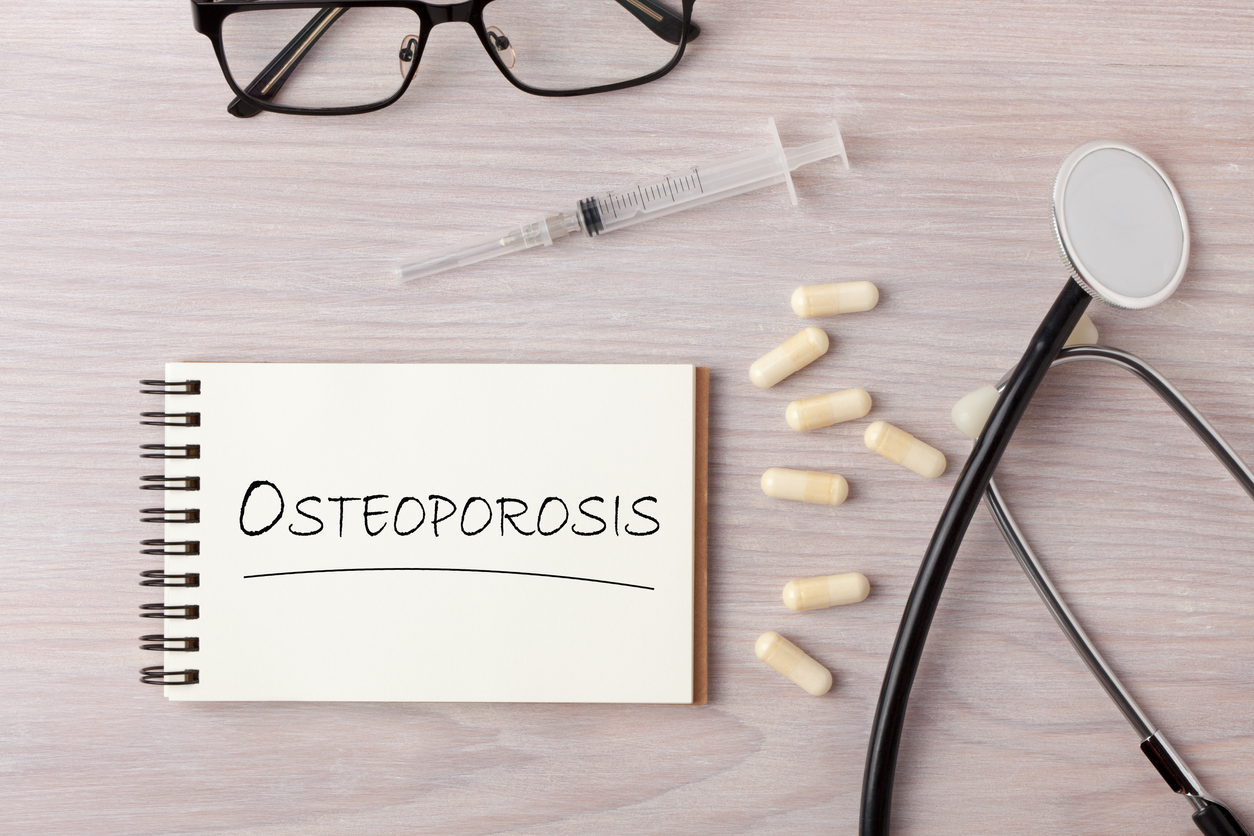Wellness
Types of Physical Activity for Osteoporosis

Physical activity provides various benefits for those dealing with osteoporosis. Osteoporosis is a condition that causes porous bones. The inside of a bone resembles a honeycomb. Osteoporosis causes this “honeycomb” spacing to increase, resulting in lost strength and density. The outside of the bones become brittle and weak.
Benefits of physical activity for osteoporosis
There are various advantages that physical activity provides to those with osteoporosis. They include, but are not limited to, the following:
- Strengthened muscles and bones
- Improved mobility, posture and balance
- Decreased pain
- Increased endurance
- Building and maintaining bone thickness
- Preventing osteoporosis
Types of physical activity for osteoporosis
There are several types of physical activity that are beneficial for osteoporosis. They include, but are not limited to, the following:
- Strength training — Strength training with body weight, resistance bands, or weights can help maintain bone density. It can also strengthen all major muscle groups, including the muscles that support the spine.
- Weight-bearing aerobic activities — In addition to providing cardiovascular benefits, weight-bearing aerobic activities help slow mineral loss in the bones of the legs, hips and spine. This may include walking, dancing, or elliptical training.
- Balance activities — Physical activities that improve balance and coordination are also helpful for individuals with osteoporosis. They help prevent falls that could lead to bone fractures. This may include yoga, tai chi, and other activities, such as balancing on one leg.
- Stretches and flexibility activities — Stretching and flexibility can help prevent joint injuries. Taking the time to stretch the muscles can also improve flexibility. Examples include regular stretches, tai-chi and yoga.
Individuals with osteoporosis should always consult a health care professional prior to beginning new physical activities. The right combination of strength training, aerobic activities, and balance and flexibility exercises is an important part of treatment of osteoporosis and prevention of fractures.


















